
Why a Client Portal is Essential for Your Business Success
- 7 Min read
Does the phrase ‘Just Do It!’ ring a bell to you? It is as much a part of Nike’s identity as the victorious swoosh of its logo. Would it be as recognizable to hear something like ‘simply do it’ or ‘do it now’? Will Coca-Cola’s logo immediately promise to ‘refresh the world’ if you see it in, say, gray and yellow, instead of the famous red and white boldness? These questions are rhetorical, for we understand that specific corporate colors, logos, slogans and other brand-building assets are critical for creating a brand image, promoting brand awareness and eventually increasing profit. Sticking to comprehensive brand guidelines reinforces your brand values — with the tone of voice, fonts and colors being a core asset, as a Forbes author emphasizes.
However, it only works if you are consistent with all these elements. Consistency makes your brand look professional and authentic and clearly defines what you stand for and how you differ. This means you have to keep all your digital assets updated and readily available at any point of time. As a report from Lucidpress demonstrates, 68% of businesses state that brand consistency contributes to as much as 20% of profit growth. The same report shows that only 31% of companies manage to enforce such guidelines effectively, with 24% of content requests taking 2-3 days to fulfill, and 32% of content requests taking up to a week. With so much digital noise to break through, businesses must ensure that promoting their brand does not become a drag, where PR and HR teams or external agencies scroll through hundreds of pages of PDF guidelines looking for proper graphics and typography. This waste can now be prevented by setting up a brand portal.
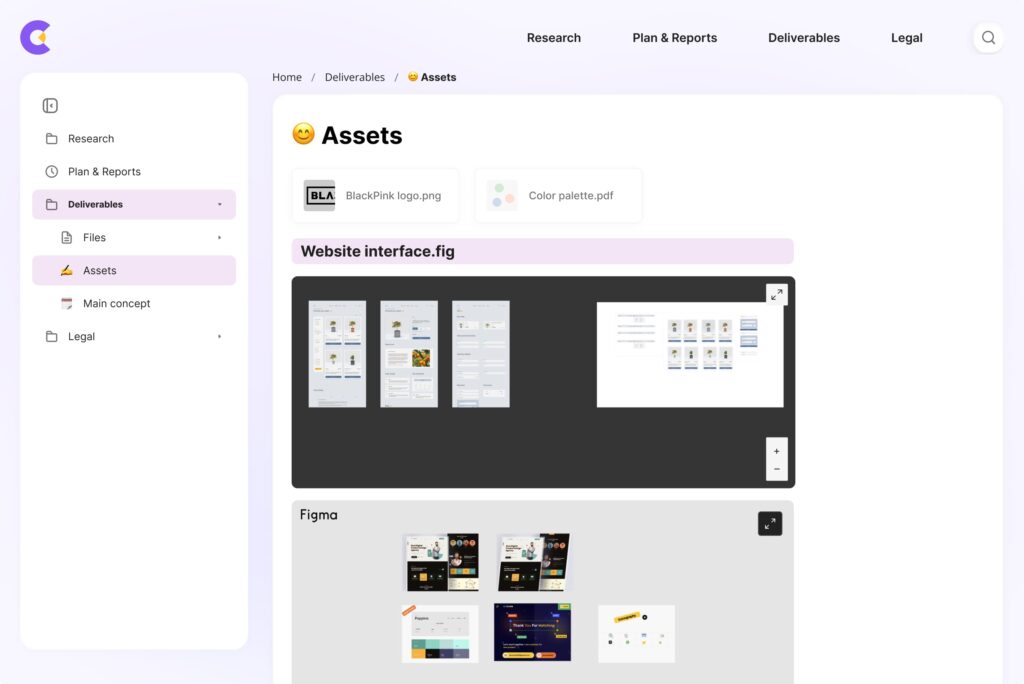
A brand portal is a web-based platform that serves as a resource center providing all necessary stakeholders with access to a company’s digital assets. In a way, the concept of a brand portal overlaps with digital asset management (DAM) solutions, with a few distinct differences. While DAM systems are mostly aimed at managing and storing digital assets and intended primarily for internal use, brand portals are designed to ensure consistent branding, where the stored assets can be accessed by external partners contributing to the company’s marketing efforts, such as advertising agencies and the media. Such a dedicated platform holds all brand-related assets: guidelines that outline the brand’s visual identity, templates for marketing materials, brand digitals, such as imagery, product shoots, fonts, colors, as well as written materials like articles, social media posts and press releases, and everything else that makes your brand a brand. A brand portal saves the history of versions and updates and clearly defined access rights, where you know exactly who uses your assets, how and when.
One important note: while the terms ‘brand portal’ and ‘branded portal’ are not the same, they are often used interchangeably. A branded client portal is your gateway of communication with your customers. It is called branded since it is infused with your brand identity and customized to suit your particular needs. In our blog you can read more about what a branded client portal is, various alternatives for setting up a branded customer portal, as well as vendor portals and how you can use them to maximize your profits. A branded portal for your employees or partners may just as well contain your business’s digital assets. However, in this article such a resource hub will be mostly referred to as a ‘brand portal’.
Have you ever wondered why your marketing team, prior to any campaign launch, are dead on their feet, with bags under their eyes deep enough to grow potatoes? In addition to brainstorming and pitching ideas, they are busy bringing all the participants together to implement those ideas. Advertising agencies and distributors, sales representatives and customer help desks – they all need to have your brand-related assets, readily available and freshly updated. The following benefits of a brand portal allow your marketers to stay sane and your brand to have a consistent voice and image:
As a central repository for all your branded assets, a brand portal gives all stakeholders easy password-protected access to whatever materials they need. Your sales reps generate branded product specifications and data sheets; your HRs create easily identifiable training resources; your PRs compile promotional materials, retrieving any required logo, product photo, 360-degree spins, videos, manuals, etc. — all in a matter of seconds. No more looking through endless folders in search of that xyz.pdf. Or wait, was it yzx?
Being a single source of truth, your brand portal practically eliminates the risk of using an incorrect or outdated asset. Your in-company employees, as well as agencies, media and distributors, have no problem adhering to the brand guidelines and always get 100% accurate information. This helps to keep to the defined brand standards, protects the integrity of your brand and maintains its cohesive and consistent image. There isn’t a chance to misuse or mistakenly modify your digital assets.
A centralized location for storing, managing and updating your digital resources facilitates distribution of brand assets, templates and policies. It removes that laxity of treating the brand guidelines as something good to have but not mandatory. Besides, it allows you to set and control permissions and access levels to your digital assets. Whenever you decide to scale up, launch a new initiative or involve new stakeholders, all brand resources you need are right there 24/7 — unfailingly available.
While a perfectly branded portal can become a valuable tool for streamlining your collaboration with stakeholders over your brand image and promotion, it must be thought through and strategically designed, or otherwise turn into yet another burden for the ever-exhausted staff. When planning your portal, you should set clear goals and plan its structure. Below are the features to consider.
While a perfectly branded portal can become a valuable tool for streamlining your collaboration with stakeholders over your brand image and promotion, it must be thought through and strategically designed, or otherwise turn into yet another burden for the ever-exhausted staff. When planning your portal, you should set clear goals and plan its structure. Below are the features to consider.
Establish and document your brand guidelines. Your portal should contain comprehensive information on brand identity. The logo usage, color palette, typography, tone of voice and other brand elements should be gathered in one place, clearly described and obligatory for all portal users to adhere to.
Asset management can only be made efficient through logical organization, intuitively clear for users. Implement robust search capabilities, enabling easy data retrieval based on keywords, tags, categories, etc.
Once you have identified your stakeholders, define their access rights. Internal sales and marketing teams, external agencies and distribution partners, journalists and influencers — their access to the assets on your branded portal should be easy but strictly outlined, based on their roles and responsibilities. Any unauthorized access and asset modifications are to be prevented. The same goes for sharing and downloading options. Such security measures are crucial for protecting your brand integrity.
Make sure your brand portal has capabilities for tracking asset usage. Knowing who accesses and uses your digital assets — when and how — is important for optimizing your brand management strategies.
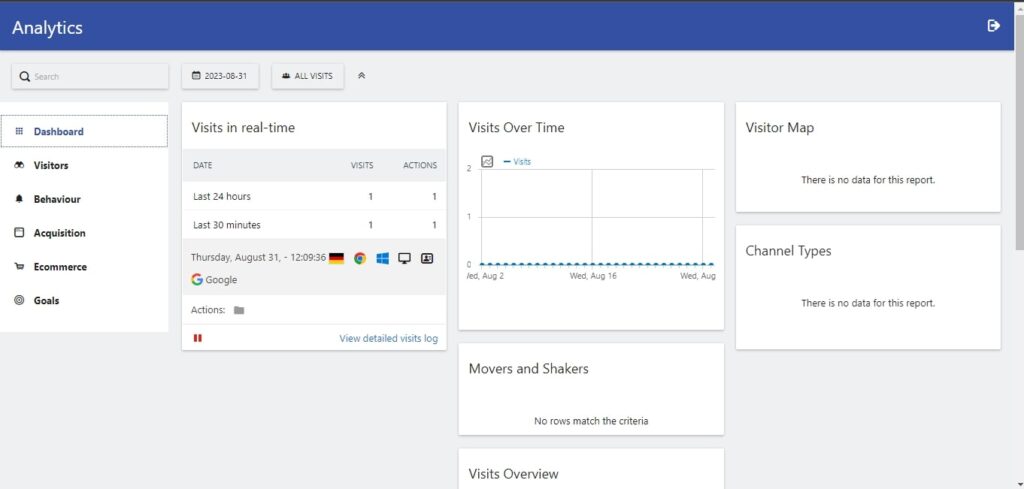
Once your brand portal offers version control features and a clear workflow for approvals, you can be sure that the authorized users have access to the latest approved versions of your digital assets. The updating functionality is key for keeping your assets relevant and up-to-date.
Opt for a portal platform that can accommodate future growth. As your business expands, so will the volume of your digital assets. Your branded portal should be scalable in terms of data storage and functionality.
A brand portal should provide its users access from various devices: not only desktops and laptops, but also tablets and mobile phones. Embrace today’s reality and enable your portal users to access brand assets on the go, from home or any other imaginable location.
Whether you are using a branded customer portal where your customers can get self-service for all of their issues, or a portal intended to store your digital assets, your communication with the stakeholders is most efficient when conducted in their language. A brand portal allows you to store assets or generate marketing materials in multiple languages. Put in place tags and attributes in other languages to make the search easier for foreign users — and win their loyalty and respect.
Once you know what features your specific brand portal should have, go on to make them work effectively. To ensure the effectiveness of your brand portal, whatever features you choose to implement, make it user-friendly, secure and easily updatable. Here are quite a few points to consider and tips to follow.
Before setting out on a journey of migrating your digital assets into a brand portal, map out all your existing processes. What digital assets do you want to store, manage and share? Which are used at each stage of each process? Who are your stakeholders and how well do they know your brand? What are the touchpoints with them? Answering these questions will help you define the structure and organization of your portal. Then you can get ideas for the user interface and ensure it is user-friendly and intuitively clear.
Once you know who will use your assets and how, think about security. Do spend some time defining permissions for each type of user. One such type should be your portal administrators. Make sure your assets will only be managed by authorized and well-trained administrators — this will prevent data loss or version confusion. While no other users should have the right to manage or update assets, these admins should have easy control and update functionality.
Whether you are in the B2B or B2C segment, you have to deal with customers and keep them happy. The easier it is for them to settle their issues during your interaction, the happier they are and the more loyalty you will get from them. A branded customer portal allows you not only to store and organize customer data in a logical and accessible way for internal use, but also to liaise with your clients: keep them informed, provide them with answers and support, target recommendations and schedule events. If we are talking about a brand portal that stores digital assets, the advantages are even more numerous. How exactly do brand portals make life easier for a particular business? Let’s see how they can be used across various industries.
Brand consistency is absolutely key for the retailing industry. Every new product launch is a challenge that involves generating tons of marketing materials. Providing your sales and marketing teams with a dedicated area to manage all the necessary assets (fonts, logos etc) gives the endeavor of a new campaign much higher chances to succeed.
Manufacturing companies have even more stakeholders. In addition to sales and distribution, they have suppliers, vendors, research teams, and all of them need certain digital assets, such as manuals, specification sheets, product descriptions, images and videos. Brand portals offer manufacturers a solution for easy management of that hoard of data they accumulate.
Even more so for such highly regulated industries as healthcare and pharmaceutical. Guidelines and regulations, product pages and training materials — a brand portal provides these agents security and access control they require to avoid false claims and forging.
We are all familiar with such key market players as Nike, Coca-Cola, Adobe, Bosch, and Apple. While each of them has a powerful website showcasing their brand identity and engaging with customers, they also have brand portals, secure and accessible only for authorized users. However, you can find a few other examples available online.
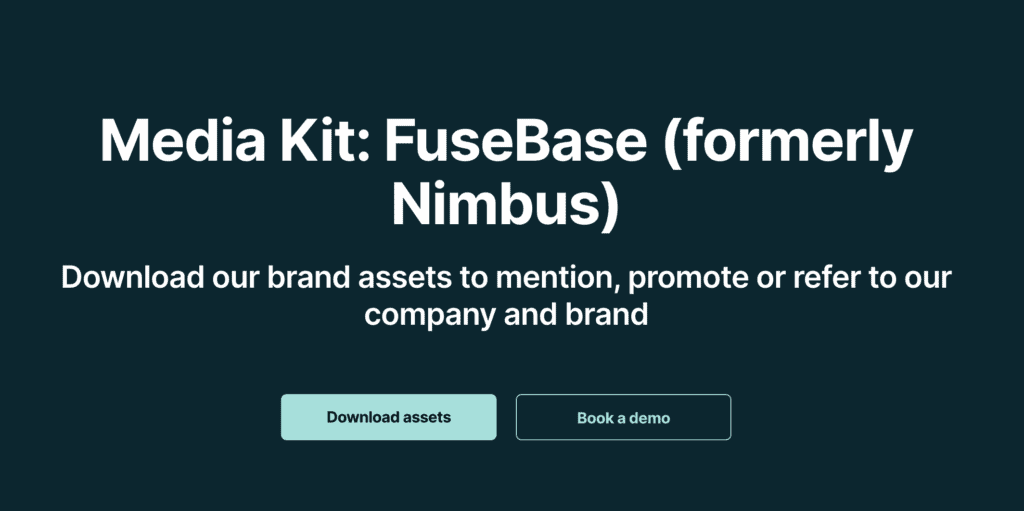
FuseBase Media Kit is a resource for anyone who wants to learn more about FuseBase and its products. It contains information about the company’s slogan, origin, products, contacts, press coverage and brand assets. You can use this branded portal to write articles or reviews about FuseBase , or just learn how it can shape information and streamline collaboration.
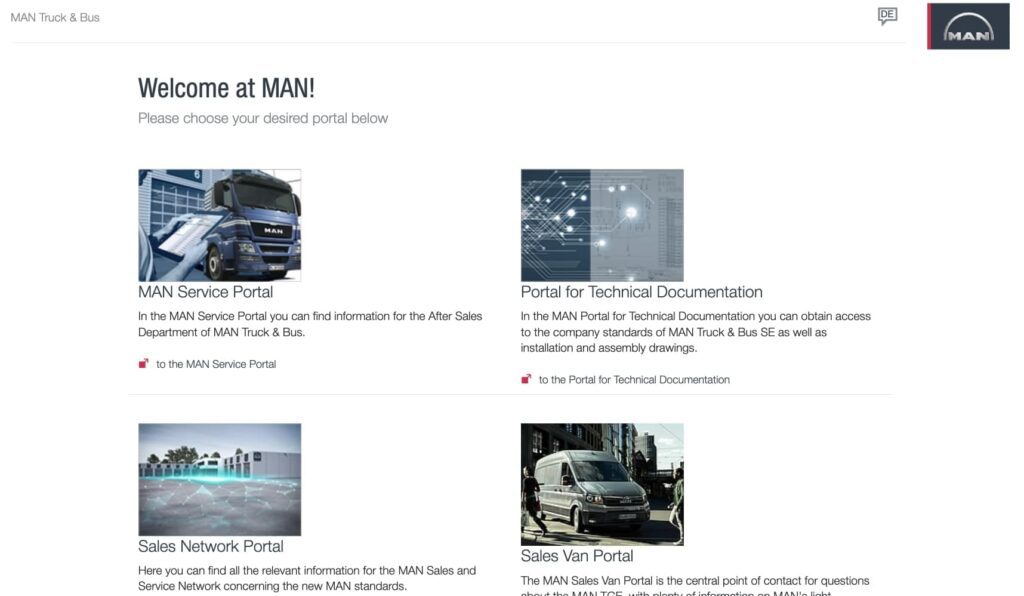
Man has a great example of a branded customer portal, thus recognizing the need for structured data available at users’ fingertips. Here users can access repair and maintenance instructions, diagnostic systems, technical information sheets and more. The portal is designed to support the after sales activities of MAN Truck & Bus and enhance the customer experience.

Eurol Portal is a platform where you can find everything you need to know about Eurol, the oil and lubricant company in Europe. On this portal, you can browse through their products, services, news, events and more. You can also download Eurol’s logos, images, videos and other brand assets to help use and promote Eurol products effectively.
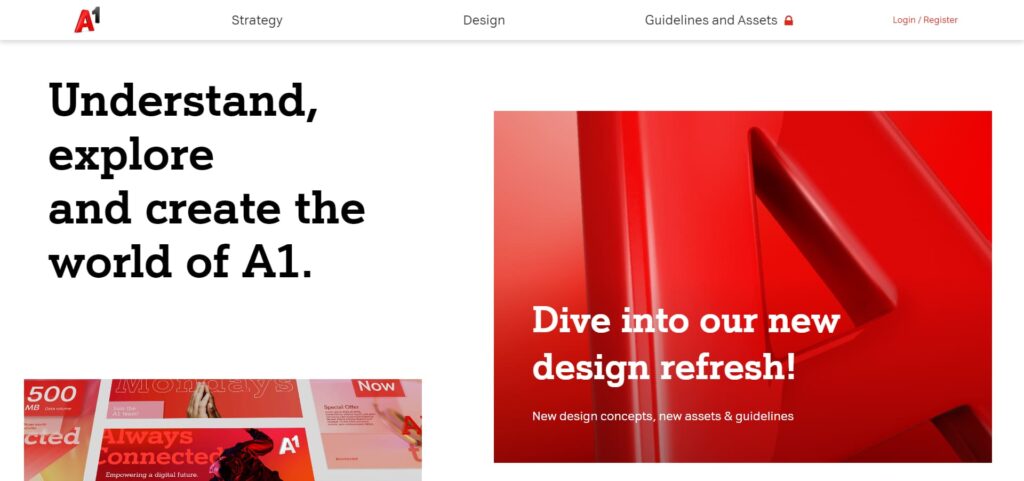
A1 also has a brand portal that provides access to various resources related to A1, the telecom company in Austria. Users can find logos, fonts, colors, templates and more. You can also access the brand guidelines, which explain how to apply the design elements in a consistent way. Everyone can use it to create professional materials that represent the A1 brand identity.
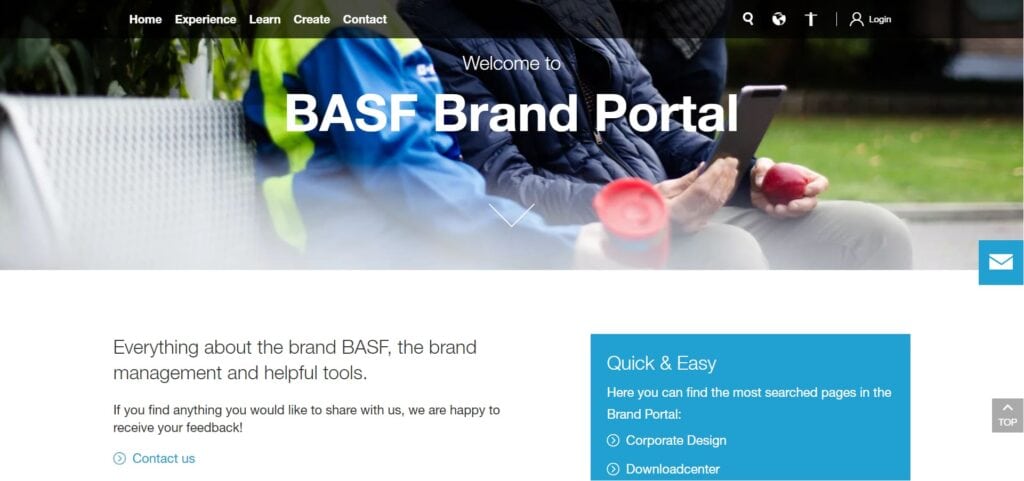
Brand Portal form BASF is a site that provides information and resources about the BASF brand. Users can find guidelines, templates, logos, fonts and videos that help them create consistent and professional communications for this brand. Whether you are a BASF employee, partner or agency, their branded client portal can help you communicate the BASF brand identity effectively.
Businesses are becoming more and more aware that their brand image is their greatest asset, and brand consistency and integrity are to be secured and promoted. A brand portal as a central hub for storing and managing all assets that define a brand is your way of ensuring that security, along with brand recognition and customer loyalty. If you are now thinking how to build one, FuseBase is here to help. A branded client portal from FuseBase is your way to building an outstanding brand.
FuseBase can help you manage brand assets seamlessly!
Visit our Twitter page for more articles and updates!
Disclaimer
Parties other than FuseBase may provide products, services, recommendations, or views on the FuseBase site (“Third Party Materials”). FuseBase is not responsible for examining or evaluating such Third Party Materials, and does not provide any warranties relating to the Third Party Materials. Links to such Third Party Materials are for your convenience and do not constitute an endorsement of such Third Party Materials.
Found it useful? Share the article with your community
Get weekly tips and insights on how to grow your business